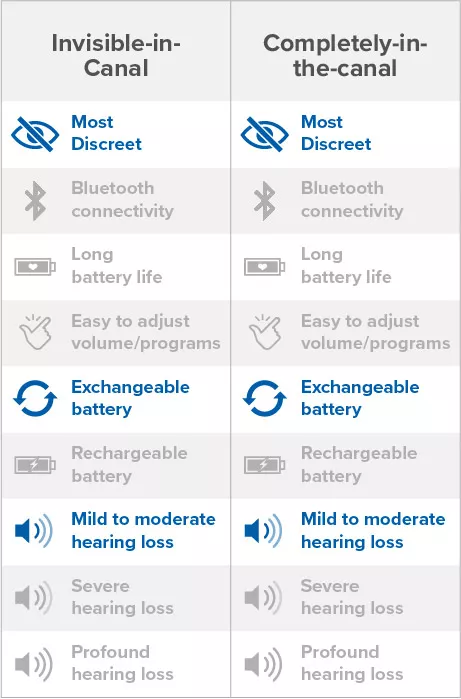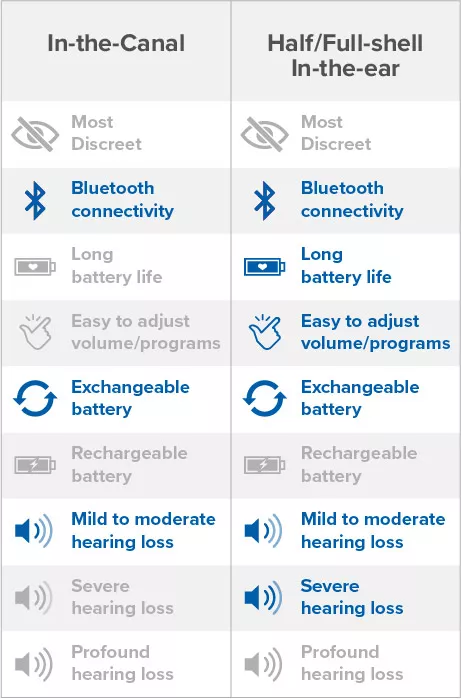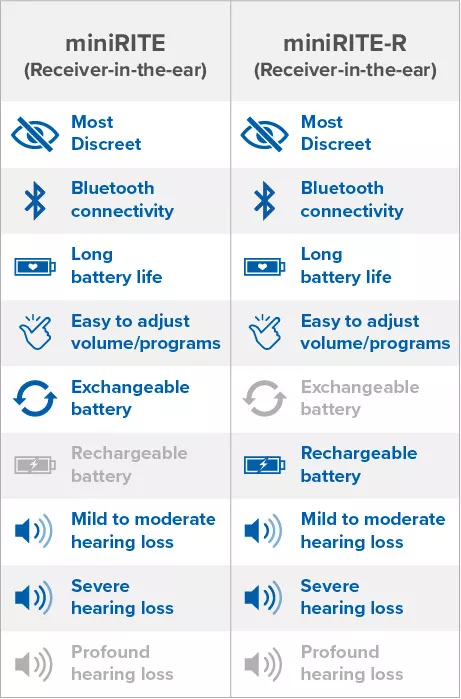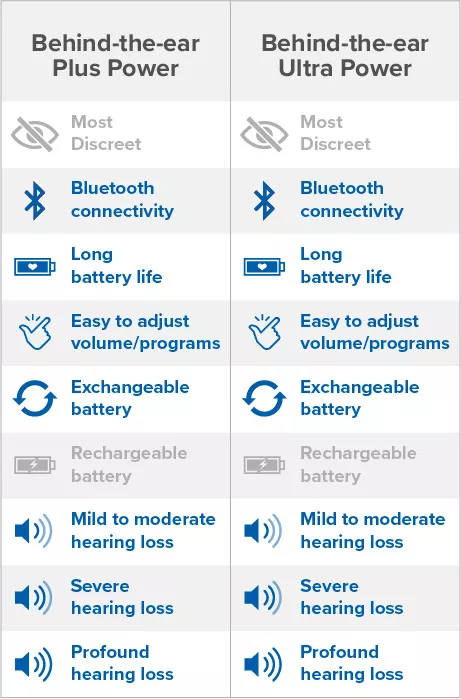Aging IQ is a news aggregate designed to create a location for all of your senior news from holiday meal ideas to cutting edge research. The below article was originally posted on their website by the author below.
There are several factors that can determine which hearing aid is the right model for you. This 3-step guide will help you understand how to find the best hearing aid for you.*
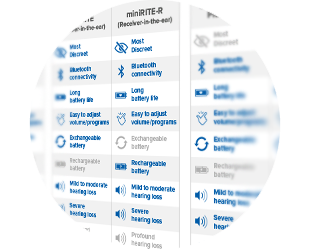 Step 1
Step 1
Compare the available hearing aid styles Step 2
Step 2
Consider these six factors when choosing a hearing aid Step 3
Step 3
Try hearing aids for free at a hearing clinic
*Choosing a hearing aid and having it fitted to your hearing needs can have a big impact on your quality of life. Therefore, we also recommend that you get advice from one of our professional hearing care professionals when choosing the best hearing aid for you.
Step 1. Compare the available hearing aid styles
Start out by using the overview below to understand the differences between each type of hearing aid.
The overview will prepare you for Step 2 of the guide, where we will explain the 6 important factors that you should consider when choosing hearing aids.
Step 2. Consider these six factors when choosing a hearing aid
In this step we will describe 6 different factors that you should consider when choosing the best hearing aid for you.
- Your level of hearing loss
- Hearing aid technology
- Comfort
- Price and quality
- Style
- Your level of social engagement
Factor 1 – Your level of hearing loss
The severity of your hearing loss has an impact on the types of hearing aids that you can choose from. Therefore, getting your hearing tested and knowing your level of hearing loss will help you to understand what hearing aid types will be best suited to accommodate your needs.
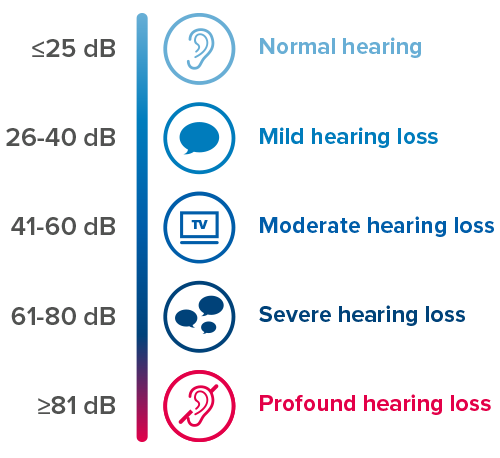
The 5 categories of hearing loss are:
- Normal hearing (≤25 dB)
- Mild hearing loss (26-40 dB): Quiet and soft conversations – or situations with only some background noise – may become difficult to understand
- Moderate hearing loss (41-60 dB): Higher volume levels are required for radio and TV, and conversations accompanied by background noise become difficult to understand.
- Severe hearing loss (61-80 dB): Difficulties with speech and group conversations in both quiet and noisy environments. Comprehension is impossible without amplification.
- Profound hearing loss (greater than ≥80 dB): Difficult or impossible to hear and understand amplified devices or speech in all environments.
So what hearing aids are available for each level of hearing loss?
Mild to moderate hearing loss:
Choose any type of hearing aid (or all the types represented in Step 1)
Severe hearing loss:
Choose between selected types of hearing aids, such as “full-shell in-the-ear”, “miniRITE”, or “plus power behind-the-ear”.
Profound hearing loss
In terms of hearing aids, choosing the “plus power behind-the-ear” hearing aid will probably be the right solution for you. In cases of very profound hearing loss, ‘cochlear implants’ might be an…
This article was sourced from HearingLife.

 Step 2
Step 2 Step 3
Step 3